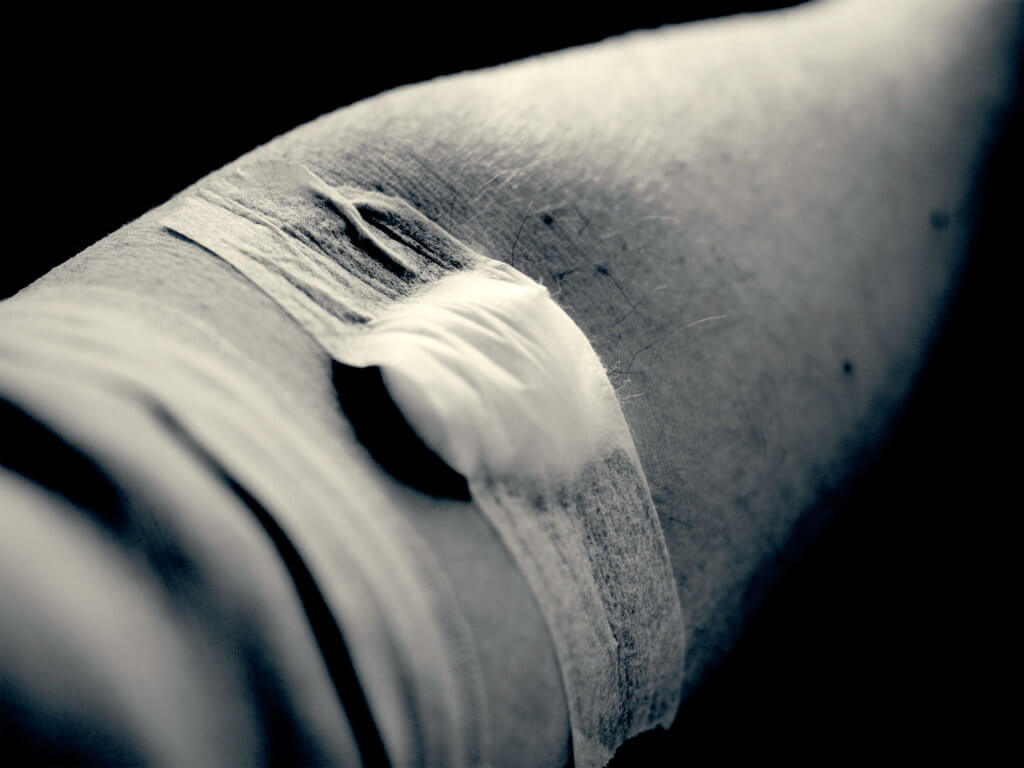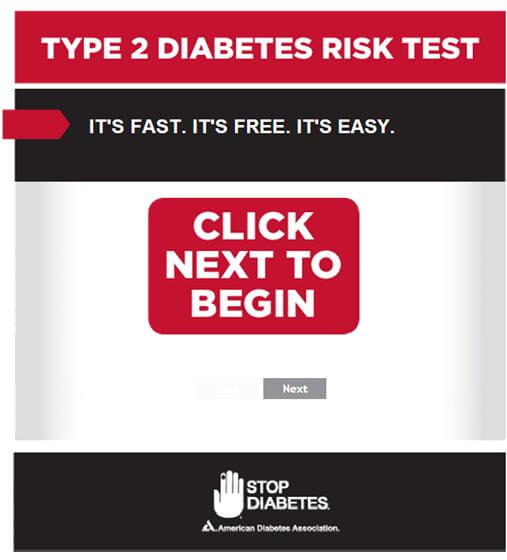As our waistlines expand (the number of obese Americans has now reached more than 35%), many people are facing a higher risk of such diseases as heart disease, stroke and cancer, as well as type 2 diabetes. With the CDC reporting that more than 25 million Americans are now diabetic, and that the risk for developing diabetes is expanding across all ethnicities and age groups, it is imperative that more of us consider how to reduce our chances of developing type 2 diabetes because of obesity.
Although there is a genetic predisposition to the disease, its leading causes are often poor lifestyle choices: lack of exercise and an unhealthy diet, which can lead to being obese. Even if you have hereditary risk factors for developing type 2 diabetes, the American Diabetes Association lists several ways to reduce your chances of becoming diabetic.
Increase your physical activity.
Physical activity is imperative for your health. It keeps your heart and lungs strong, reduces stress (and weight) and improves your mood. It also reduces many of the risk factors associated with type 2 diabetes, like being overweight and having high blood pressure. If you’re trying to increase your activity levels, the ADA notes there are several things that you can do.
Move around more throughout the day.
Little things can go a long way. Take the stairs instead of the elevator. Park at the far end of the lot when you run errands or go to the office. Use your break to walk a lap or two around your office building. Essentially, try to sit less; recent studies show that too much sitting can double your risk for type 2 diabetes.
Aerobic exercise.
While this can be achieved by taking an aerobics or cardio class at the gym, just taking a brisk walk or bike ride can do the trick.

Strength training.
Strength or resistance training has also been shown to help reduce blood glucose levels; some studies have shown that it’s even more effective than aerobic exercise. That said, many experts advise using a combination of aerobic exercise and strength training to improve health and reduce your risk of diabetes.
Flexibility and stretching.
Keeping your muscles loose and flexible reduces your chance of injury, whether you’re exercising or simply moving around the house. If committing to classes like yoga or Pilates is too much, think about adding in a short stretching program before heading out for a walk.
For more options, use our zip code search below to find out if there are fitness programs and products offered by Physiquality network locations in your area.
Maintain a healthy weight.
Being overweight increases your chances of developing type 2 diabetes. If you make changes to your diet and physical activity, you may see your weight go down (and even 10-15 pounds can make a big difference in your risk). If you don’t see such positive changes, or you’re concerned that the loss isn’t enough, talk to your doctor and your physical therapist about what else you can do, and what a reasonable weight goal would be for you.
Eat healthier.
The ADA says that “eating well to maintain a healthy weight is one of the most important things you can do to lower your risk for type 2 diabetes and heart disease.” Here are some of their experts’ tips on how to improve your eating habits.
Plan smart.
Make out your shopping list before going to the grocery store; it’s much easier to use willpower to avoid buying unhealthy food than it is to not eat it once it’s in the house. When thinking about what to buy, consider lean meats and fresh fruit and vegetables. If you’re not sure how much you should plan per person in your home, use the tools available at the Choose My Plate website created by the USDA. And be sure to add healthy snacks like fruit or nuts to your list; those in-between munchies (like potato chips or candy bars) can often ruin a good diet at regular meals.

Shop smart.
Stock your larder with healthy basics like brown rice and whole-grain pasta, and when you run out of them, add them to your grocery list. At the store, avoid those aisles with the high-sugar, low-nutrition foods like candy and cookies in order to avoid their temptation. And try to shop when you’re not hungry; we’ve all gone to the store when we’re ravenous and ended up with things we didn’t need in the cart. (This is also why they recommend sticking to your grocery list.)
Eat smart.
If you’ve bought canned vegetables, rinse them with water before cooking to reduce their sodium content. Start meals off with a salad or vegetable soup to increase your veggie intake and reduce your appetite for the (higher calorie) main course. And when you’re eating out, try to pick grilled meats rather than fried, and skip the fries for steamed vegetables.
Know your blood glucose level.
Increased blood glucose is a key indicator of type 2 diabetes. Here’s how the ADA explains its importance:
“When you eat, your body breaks food down into glucose (sugar) and sends it into the bloodstream. Insulin, a hormone made by the pancreas, helps move the glucose from the blood into the cells to be used for energy. Your body usually makes just the right amount of insulin to match the food you eat.
“When the cells no longer respond well to insulin, they are “insulin resistant” and glucose can’t get into the cells. So the cells don’t get the fuel they need, and glucose builds up in the blood stream. This is called high blood glucose. Untreated, high blood glucose causes problems such as nerve damage, kidney or eye problems, heart disease, and stroke.”
Talk to your doctor about your glucose levels and whether they point to a risk of prediabetes or type 2 diabetes.

Know your cholesterol number.
Having high cholesterol can increase your chances of both type 2 diabetes and heart disease, and both can be life-threatening. If it is high, you may be able to lower it simply by eating a low-fat diet and monounsaturated fats, like olive or canola oil; others may need help with medication. Speak to your doctor about what cholesterol range is right for you, and how best to achieve it.
Know your blood pressure.
High blood pressure puts stress on your heart and on your entire body, and is another risk factor for type 2 diabetes. While increasing physical activity can help to lower it, speak to your doctor about your blood pressure and what you can do to maintain a healthy level.
The simple take-away? Eat healthy. Exercise more. It can be daunting to start new habits, but they will definitely increase your health. Look through the American Diabetes Association’s site for more tips on how to improve your habits and decrease your chances for type 2 diabetes. And contact the Physiquality providers nearest you to learn about how they can help you stay healthy and fit.
Haven’t been diagnosed with diabetes, but worried about your risk of developing the disease? Take the American Diabetes Association’s free risk test online today.
Fell, James. Outrun diabetes. Chicago Tribune, November 1, 2012.
Nainggolan, Lisa. Get up, stand up: Sitting for too long doubles diabetes risk. Medscape, October 15, 2012.
Wood, Shelley. Upping physical activity slashes CV events, deaths in type 2 diabetics. Medscape, October 2, 2012.
Center for Disease Control.
- Diabetes fast facts.
- Obesity facts. August 13, 2012.
Choose my plate. United States Department of Agriculture, March 2012.
American Diabetes Association.
Stretching and flexibility exercises. American Heart Association, September 22, 2011.
“Blood test” by david__jones is licensed under CC BY 2.0
